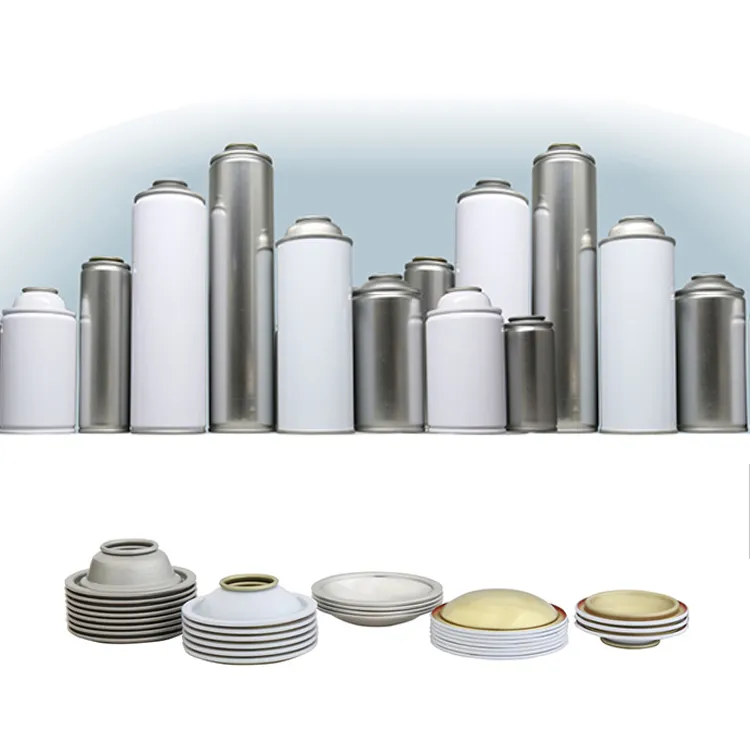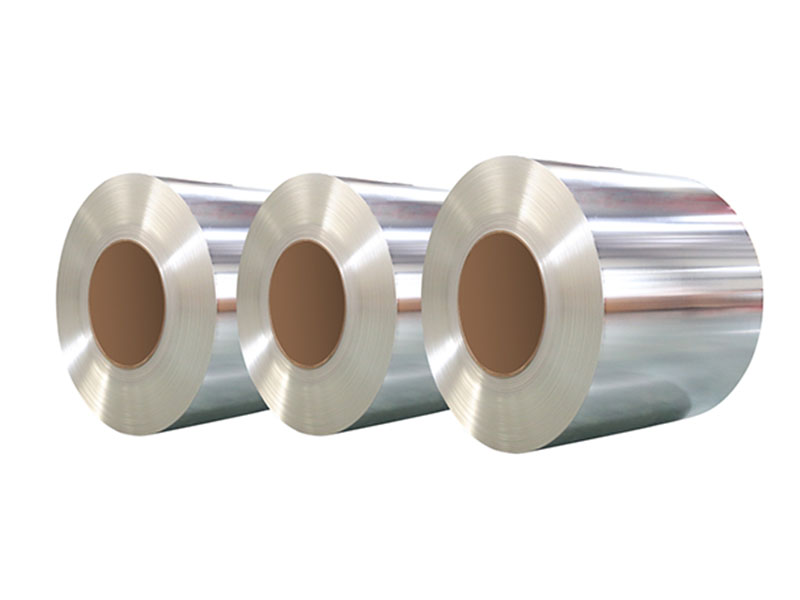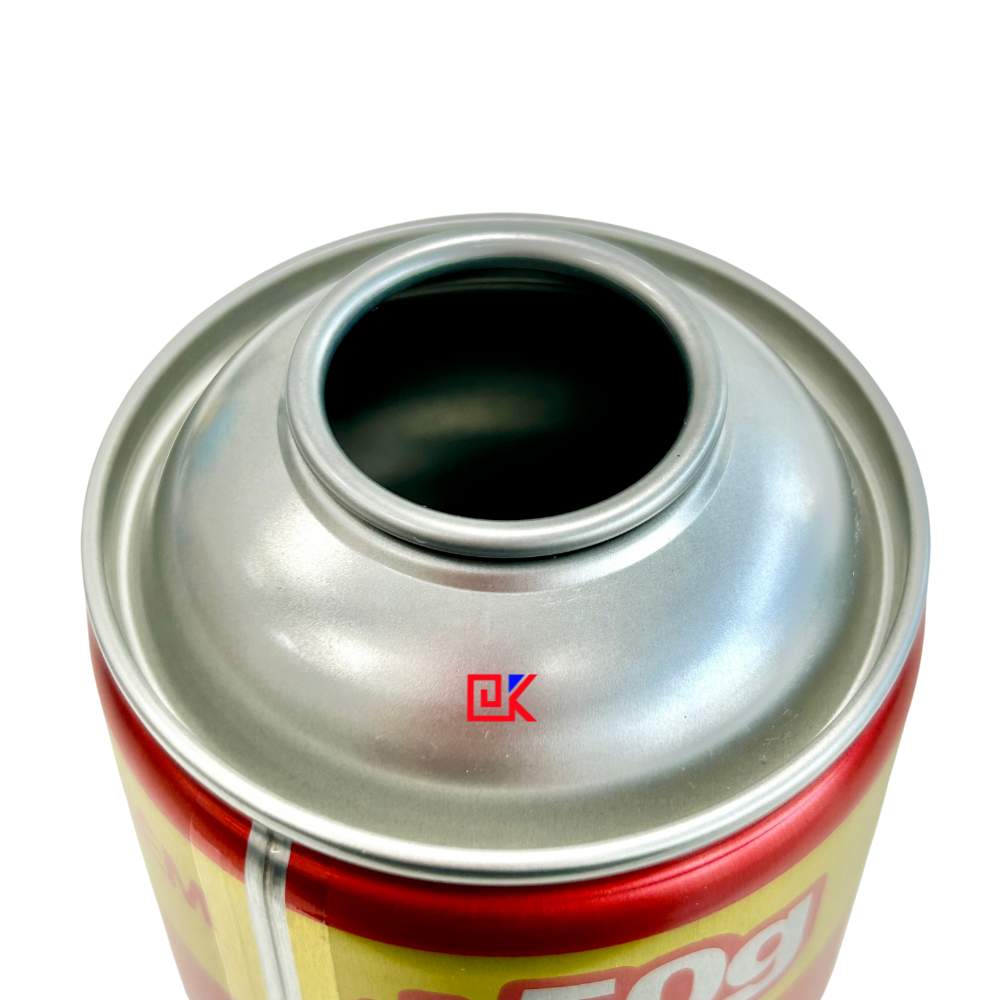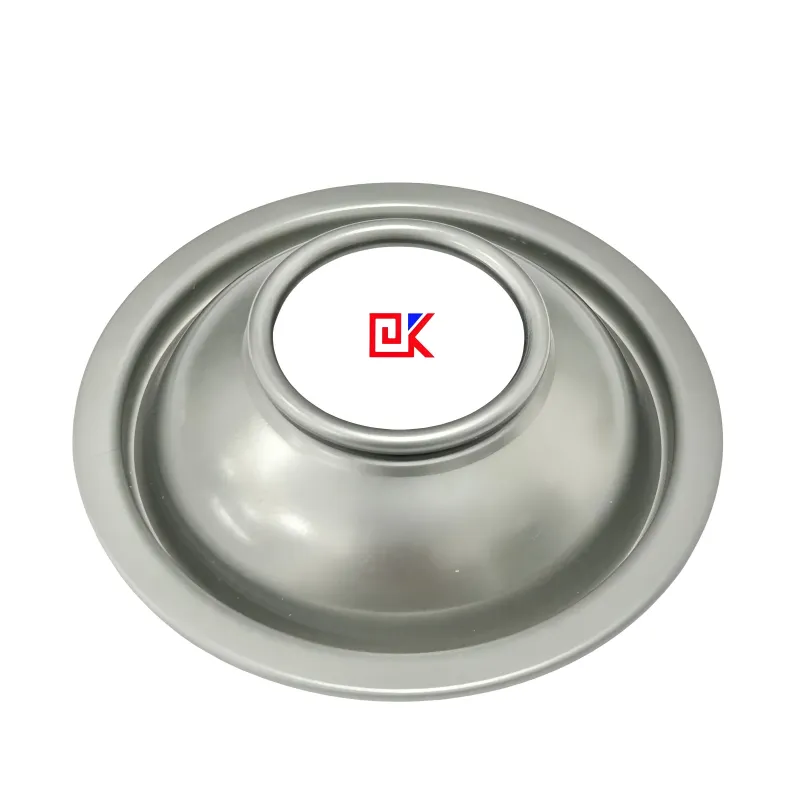In the modern aerosol packaging industry, aerosol cans have become a common packaging format in daily life and industrial production due to their convenience, sealing, and efficiency. Three-piece aerosol cans, in particular, are widely used for high-pressure aerosol products due to their unique structure and performance advantages.
So, what are the characteristics of three-piece aerosol cans that make them suitable for high-pressure aerosol products? This article will provide a detailed analysis from multiple perspectives, including structural design and material properties, to help readers fully understand the advantages of three-piece aerosol cans in high-pressure environments.

What is the basic structure of a three-piece aerosol can?
A three-piece aerosol can consists of three parts: the can body, the base, and the valve. Its design is simple yet highly functional. The can body is typically made of aluminum or tin-plated steel, with the base and valve tightly sealed to form a complete airtight system.
• Can body: The main component that withstands the high-pressure gas inside. The material must possess high strength and good corrosion resistance. The can body thickness is typically optimized based on the internal pressure and product type, ensuring pressure resistance while controlling the overall weight for ease of transportation and use.
• Bottom: Welded or crimped to ensure a tight seal while withstanding pressure fluctuations. The crimping technology on the bottom evenly distributes stress, reducing the risk of can rupture under high-pressure conditions.
• Valve: A device that controls gas release, ensuring stable product discharge under high pressure, ensuring safe use and uniform spray. The valve is typically equipped with a precision seal that can withstand repeated opening and closing without leaking.
This three-piece design ensures that the aerosol can maintain excellent structural integrity and performance even under high-pressure conditions.

Why can three-piece aerosol cans withstand high pressure?
In high-pressure aerosol products, the internal pressure is often much higher than that of ordinary packaging containers. The three-piece aerosol can is suitable for such products primarily due to the following factors:
• High structural strength: The three-piece design tightly connects the bottom to the can body through crimping or welding, making the can less susceptible to deformation or rupture under high internal pressure.
• Scientific material selection: Tin-plated steel or aluminum is typically used, offering both high toughness and corrosion resistance, and can withstand the expansion and stress concentration caused by long-term gas exposure. Aluminum also effectively reduces weight, making the product easier to carry and use.
• Reliable valve seal: The valve features a pressure-resistant design, ensuring no leakage during spraying while maintaining a stable spray flow.
In addition, the connection between the body and the bottom of a three-piece aerosol can is precision welded or mechanically crimped. This design effectively distributes internal pressure and prevents the risk of bursting due to localized excessive stress.
What are the advantages of a three-piece aerosol can over a two-piece can?
Compared to two-piece aerosol cans, three-piece aerosol cans exhibit significant advantages in high-pressure applications.
• Stronger pressure resistance: The bottom of a three-piece can is independently sealed, distributing internal pressure more evenly. Two-piece cans are typically formed into a single piece through deep drawing, which makes them susceptible to stress concentration caused by high pressure.
• Better corrosion resistance: The bottom of a three-piece can can be treated with a separate tin plating or spray coating, improving corrosion resistance and extending the shelf life of high-pressure aerosol products.
• Greater safety: High-pressure products are prone to accidental pressure release. Three-piece aerosol cans, with their independent bottom and valve seals, effectively reduce the risk of explosion.
• Greater flexibility: The three-piece design allows for easier adjustment of the can body and bottom material thickness during production to accommodate the needs of different high-pressure products.
These advantages make three-piece aerosol cans the preferred packaging format for high-pressure aerosol products.

What are the sealing characteristics of three-piece aerosol cans?
High-pressure aerosol products require excellent airtightness, otherwise pressure release is likely to occur, compromising the spray quality. The sealing advantages of three-piece aerosol cans are reflected in the following aspects:
• Multiple seals: The valve interface, bottom flange, and can body joints are precision-machined to form multiple sealing barriers.
• High-pressure-resistant sealing materials: Fluororubber or nitrile rubber are used as sealing rings, which can withstand high internal pressures without deformation.
• Long-term stability: The three-piece design ensures uniform stress distribution within the sealing structure, preventing localized stress that could cause seal failure.
• Strong impermeability: High-pressure gas can easily leak through tiny gaps. The three-piece design effectively prevents micro-leakage through precise crimping and valve assembly.
Through these sealing features, the three-piece aerosol can maintain stable gas flow even under high-pressure conditions, thereby ensuring the performance and safety of high-pressure aerosol products.
Why are three-piece aerosol cans suitable for high-pressure products?
The manufacturing process of three-piece aerosol cans is particularly important for high-pressure products. Its features include:
• Mature welding technology for the can body and base: Welding or crimping ensures a tight connection between the base and the can body, enhancing overall pressure resistance.
• High-precision valve installation: The valve requires precise alignment to ensure uniform spray pressure and reduce the risk of leakage.
• Controllable material thickness: The can body thickness can be adjusted during production according to product pressure requirements, achieving a balance between lightweight and pressure-bearing performance.
• Professional surface treatment: Three-piece aerosol cans are often tinned or spray-coated to enhance corrosion resistance and high-pressure resistance, while also reducing the risk of internal gas reacting with the can body.
Excellent manufacturing processes not only enhance the high-pressure adaptability of three-piece aerosol cans but also ensure product safety during transportation and storage.
Why are three-piece aerosol cans particularly suitable for high-pressure aerosol products?
Safety is a core characteristic of high-pressure aerosol product packaging. The safety advantages of three-piece aerosol cans are as follows:
• Strong impact resistance: Under high-pressure conditions, aerosol cans may be subjected to external impacts. The three-piece structure effectively distributes impact stress, reducing the risk of can rupture.
• Automatic pressure regulation valve: The valve design of high-pressure aerosol products allows for a small amount of pressure relief when the pressure is too high, preventing accidental explosion.
• Excellent high-temperature resistance: The three-piece can material and seals can withstand high temperatures, making them suitable for storing high-pressure products in various environmental conditions.
• Excellent fatigue resistance: High-pressure aerosol products stored for long periods of time may experience pressure cycling. The independent bottom and valve design of the three-piece aerosol can effectively reduce material fatigue, improving long-term safety.
These safety features ensure that three-piece aerosol cans are more reliable when used in high-pressure aerosol products.

What are the specific packaging requirements for high-pressure aerosol products?
High-pressure aerosol products have stringent packaging requirements, and three-piece aerosol cans precisely meet these demands:
• High pressure capacity: High-pressure gas can exceed 5–10 bar, so the can must possess sufficient strength.
• Good sealing performance: Gas or liquid sprays must maintain pressure for extended periods without leaking.
• High corrosion resistance: Some aerosol products contain chemical ingredients, so the can must be corrosion-resistant.
• Convenient use: The spray operation must be smooth, and the valve must operate stably under high pressure.
• Reasonable weight: Three-piece aerosol cans can adjust the material thickness to suit different products, reducing overall weight while maintaining high-pressure performance and improving portability.
Three-piece aerosol cans offer significant advantages in all of these areas, making them the preferred packaging format for high-pressure aerosol products.
How large is Dekai’s production capacity?
Dekai operates one of the largest metal packaging factories in Foshan, China, covering 50,000 square meters. With advanced production lines, our annual output includes over 300 million tinplate printing products and more than 300 million aerosol cans. This large capacity ensures stable wholesale supply, fast delivery, and competitive prices for international buyers.
Clients can buy in bulk directly from our China factory and enjoy discount promotions, customized services, and factory-direct sales.

